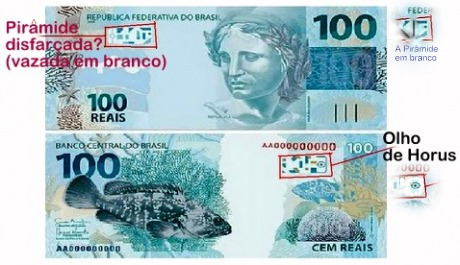
The name "Horus" is a general catchall for multiple deities, the most famous of whom is Harseisis (Heru-sa-Aset) or Horus-son-of-Isis (sometimes called Horus the Younger) who was conceived after the death of his father, Osiris, and who later avenged him. In all the Horus deities the traits of kingship, sky and solar symbology, and victory reoccur. As the prototype of the earthly king, there were as many Horus gods as there were rulers of Egypt, if not more.
The oldest of the Horus gods is appropriately named Horus the Elder (Heru-ur), and was especially venerated in pre-Dynastic Upper Egypt along with Hathor. In this very ancient form, Horus is also a creator god, the falcon who flew up at the beginning of time. The pre-Pharaohnic rulers of Upper Egypt were considered "shemsu-Heru" or "followers of Horus", and the original Horus is himself considered in some myths to be the brother of Seth and Osiris, second-born of the five children of Geb and Nut (Osiris, Horus, Seth, Isis,Nephthys). Horus the Elder's city was Letopolis, and his eyes were thought to be the sun and moon. When these two heavenly bodies are invisible (as on the night of the new moon) he goes blind and takes the name Mekhenty-er-irty, "He who has no eyes". When he recovers them, he becomes Khenty-irty, "He who has eyes". A warrior-god armed with a sword, Horus could be especially dangerous to those around him in his vision-deprived state, and during one battle in particular he managed to not only knock off the heads of his enemies but of the other deities fighting alongside him, thus plunging the world into immediate confusion that was only relieved when his eyes returned.
Other notable Horus gods are the previously mentioned Harseisis, as well as Horus of Behdet (sometimes called simply Behdety) who was represented as a winged sun disk, Anhur (a form of Horus the Elder and Shu), Horakhety (Ra-Heru-akhety) who was a syncretism of Ra and Horus, and Harpokrates (Heru-pa-khered) or Horus the Child. In the form of Harpokrates, Horus is the danger-beset son of Isis with one finger to his lips, signifying his childish nature (also evident in his princely sidelock and naked status). Harpokrates represented not only the royal heir, but also the newborn sun.

Horus deities are frequently depicted as hawks or hawk-headed men, though some are represented as fully human. The pharaoh was considered to be the Living Horus, the temporal stand-in for Horus in the earthly domain. As the opponent of Seth (who, though initially an Upper Egyptian deity himself, later came to represent not only Lower Egypt but the desert surrounding Egypt), Horus is alternately a brother vying for the throne and unification of Egypt (Horus the Elder), or a royal heir come to reclaim his inheritance (Horus the Younger).
Horus can be seen at the top of the serekh of early kings, though in very rare cases his place was usurped by Set (Peribsen, Dynasty 2) or even shared with him (Khasekhemwy, Dynasty 2). Horus is also depicted on the famous Narmer palette along with Bat, an earlier form of Hathor.
A passage from the Coffin Texts (passage 148) sums up Horus in his own words:
"I am Horus, the great Falcon upon the ramparts of the house of him of the hidden name. My flight has reached the horizon. I have passed by the gods of Nut. I have gone further than the gods of old. Even the most ancient bird could not equal my very first flight. I have removed my place beyond the powers of Set, the foe of my father Osiris. No other god could do what I have done. I have brought the ways of eternity to the twilight of the morning. I am unique in my flight. My wrath will be turned against the enemy of my father Osiris and I will put him beneath my feet in my name of 'Red Cloak'."
"Myth and Symbol in Ancient Egypt" by R.T. Rundle Clark, p. 216

The name of Horus in hieroglyphs.
Nenhum comentário:
Postar um comentário